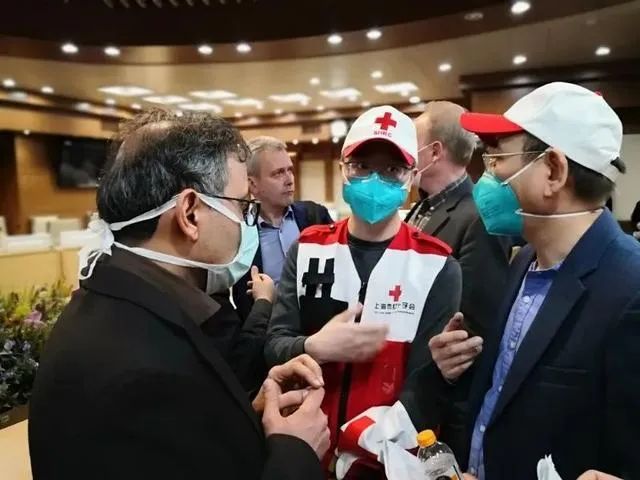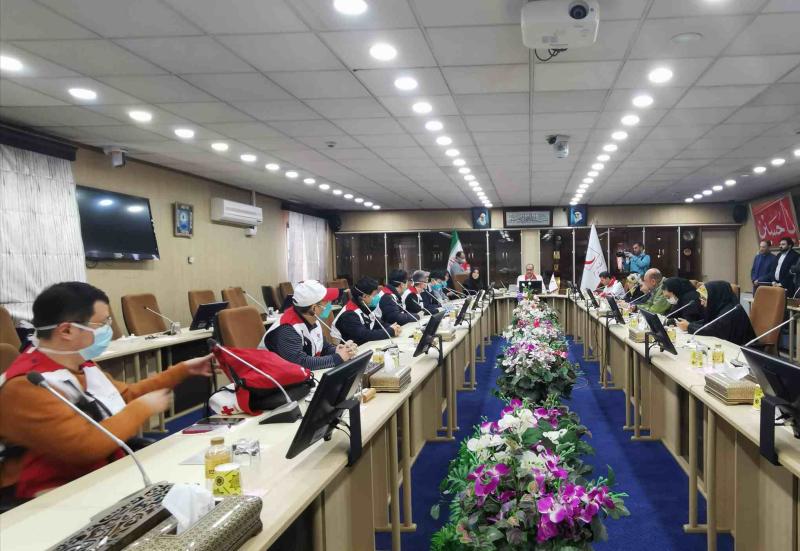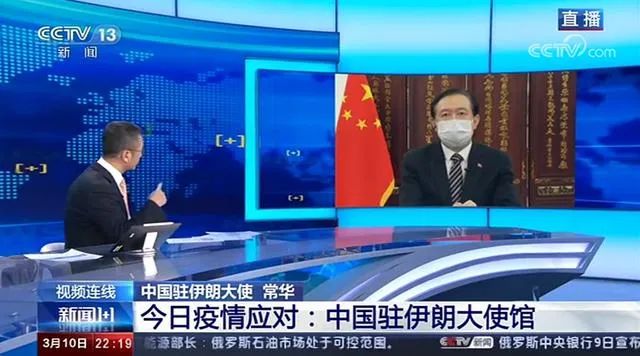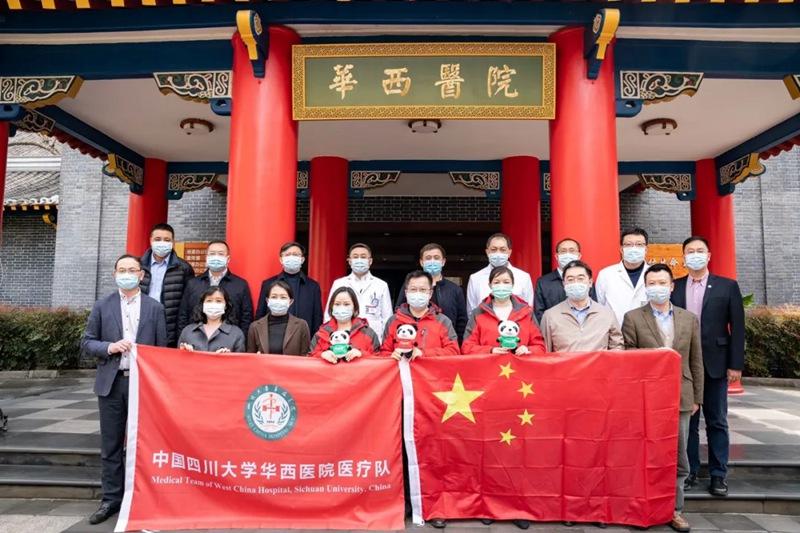In order to win this inevitable battle and fight against COVID-19, we must work together and share our experiences around the world. The First Affiliated Hospital, Zhejiang University School of Medicine has treated 104 patients with confirmed COVID-19 in the past 50 days, and their experts wrote real treatment experience night and day, and quickly published this Handbook of COVID-19 Prevention and Treatment, expecting to share their invaluable practical advice and references with medical staff around the world. This handbook compared and analyzed the experience of other experts in China, and provides a good reference to key departments such as hospital infection management, nursing, and outpatient clinics. This handbook provides comprehensive guidelines and best practices by China's top experts for coping with COVID-19.
This handbook, provided by the First Affiliated Hospital of Zhejiang University, describes how organizations can minimize the cost while maximizing the effect of measures to manage and control the coronavirus outbreak. The handbook also discusses why hospitals and other healthcare institutions should have command centers when encountering a large-scale emergency in the context of COVID-19. Here comes the link (https://covid-19.alibabacloud.com/)
Handbook Of COVID-19 Prevention And Treatment.pdf
The Chinese Center for Disease Control and Prevention has published a critical multilingual manual in both English and French to share the most up-to-date COVID-19 control and prevention information with other countries.
Diagnosis and treatment (French)
Diagnosis and treatment (Africa)
Diagnosis and treatment (Asia)
Questions on protection (French)
Questions on protection (Africa)
Questions on protection (Asia)
Questions for pregnant women, mother and children (Africa)
Questions for pregnant women, mother and children (Asia)
#WuHan JiaYou
#Everyone JiaYou
#2019-nCoV
#COVID-19






.jpg)

.jpg)


















